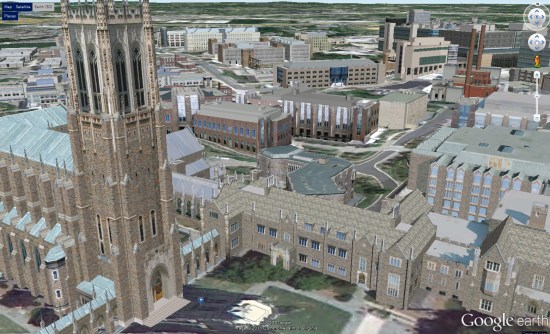- Balachandiran Ajanthan created an add-on module to deploy reusable “SMART” health care apps inside OpenMRS.
- Christopher Zakian reimagined a “universal” search within OpenMRS that allows users to search for any system data from anywhere within the system
- Gaurav Paliwal created an add-on module to allow OpenMRS users to provide application feedback to their system administrators and the larger open source community.
- Gauthami Pingili improved both the UI of the OpenMRS Patient Matching module and improved its accuracy of finding duplicate patients.
- Goutham Vasireddi helped make it faster and easier for developers to write add-on modules for OpenMRS by creating a “wizard” for Maven.
- Jelena Skorucak reworked the attributes a person has within OpenMRS, giving clinics the flexibility to record more information about the persons.
- João Portela made significant improvements to our HTML Form Entry editor, allowing non-programmers to create more detailed, useful data collection forms for health care.
- Piotr Bryk enhanced our Metadata Sharing module to make it easier to manage the export and import of OpenMRS system configurations.
- Rahul Akula’s work helped make it possible for OpenMRS to interoperate with external laboratory information systems.
- Sai Manohar Nethi worked to create a framework for a comprehensive Human Resource add-on module for OpenMRS, allowing the system to help manage clinic personnel.
- Sreya Janaswamy created a way for OpenMRS users to translate phrases used by the application into other languages, inside the application itself.
- Sriskandarajah Suhothayan created a way for the OpenMRS Notifiable Condition Detector module to watch for certain large-scale patterns and send notifications to clinicians via SMS or e-mail.
- Suranga Kasthurirathne created a new way for OpenMRS to store clinical observations that reference other people or locations.
- Taras Chorny built a system to allow OpenMRS to be installed and upgraded using a variety of languages.
- Victor Chircu built an “Atlas” add-on module that allows OpenMRS users to opt-in to report their location, type of clinic, and number of patients on a shared map to represent the active OpenMRS community.
An excellent 3D Campus Map in Duke University
Similar to other colleges we’ve shown you in the past, such as Northeastern University, Duke University has just unveiled their new 3D campus map and it’s quite impressive.

With the help of concept3D, the map has become an excellent source of information for the school. Powered by the Concept3D “CampusBird Atlas” CMS, Duke staff can edit the map and publish new information on their own. In addition, all data is mirrored between the Google Earth Plugin API and the Google Maps API on the site; it appears seamless to the end user, but it’s a tricky piece of work on the back end.
The map includes 3D models of 325 buildings across the campuses. The map also includes satellite views and traditional two-dimensional street maps and offers overlays that display details such as dining locations and parking permit requirements, photos related to the buildings and videos linked to specific campus locations.
The maps are only accessible via the Plugin (no downloadable KML), and you can view the new map here on the Duke website.![]() In addition, the map is fully functional on mobile devices.
In addition, the map is fully functional on mobile devices.
Android app for Google Offers
Check out today’s deal from REI on the Google Offers app: $15 for $25 to spend on gear at the national outdoor retailer.
Visit Android Market to download the app and check out www.google.com/offers to learn more about Google Offers.
The Google Offers mobile app is only available in the US.
